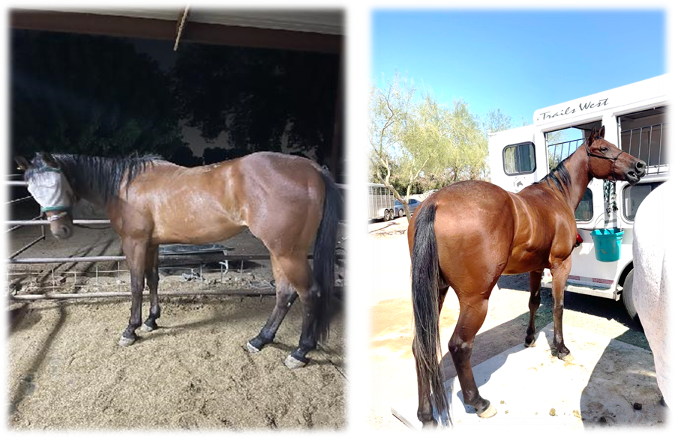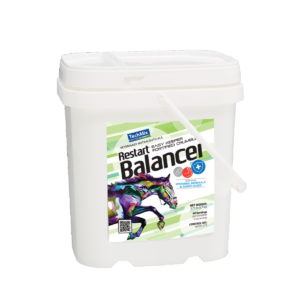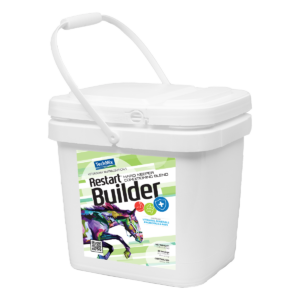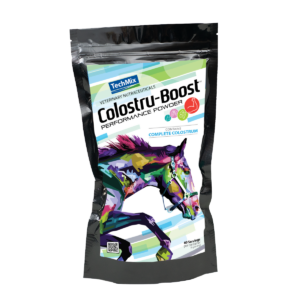June 20, 2025
Clinical Perspective-Body Condition
Body condition assessments are an important component of any physical exam we perform as veterinarians. As seemingly simple as it is, body condition itself can provide a wealth of information. For instance, it generally does not change drastically in a short period of time. If it has, that is really significant. Conversely, the owner who sees the horse daily may not have noticed that their horse looks any different than a year ago, whereas the veterinarian who hasn’t seen the horse for months or even a year might notice it at first glance.
Too heavy and we wonder about excessive nutrition or metabolic disease, too thin and we wonder about poor forage, parasitism, dental problems, illness, or disease perhaps. Personal preference on how a horse should look, breed variations, and the like, impact how “subjective” assessing a horse’s body condition can be. At the same time, we want to be “objective” in order for the body condition assessment to be relevant in the context of a physical exam and helping to sort out normal versus abnormal. Weight tapes can be helpful for measuring, and most people don’t have an equine floor scale, but even if they did the actual numbers would still have to be interpreted based on the horse’s breed, individual body type, and its individual patterns over time. Body Condition Scoring (BCS) has thus been standardized for many years now, and resources are readily available to assist in assigning the horse a number between 1 and 9, where 1 is emaciated, 9 is obese, and 5 is ideal.

Achieving and maintaining a BCS of 5 should be our goal. It demonstrates that over time, balance between caloric needs and caloric intake has been met. Even when experiencing good health there are factors that make the maintenance of an ideal BCS easier said than done at times including:
- Physical growth in younger horses
- Horses starting out in training
- Gestation and lactation in mares
- Stallions during breeding season
- Horses outside for months in very cold winters
- Horses low on the social ladder
Inadvertent increases in body condition of healthy horses can happen easily, since we love to “kill them with kindness!” Supplemental feeding and daily treats, training rewards, or feeding “too good” forage to an easy keeper, might be enjoyable for us to provide or bolster the human-animal bond, but may not be beneficial to horse health.
In addition to matching your horse to the example pictures on the 1-9 BCS charts, have a look at some specific areas of interest. Is the topline like a ridge of protruding bone, or is it well surrounded with muscle? Are the hindquarters closer to round, or are they shaped closer to linear? When you look or feel down the neck does it seem like it has some bulging as if it’s storing fat in that region? At the base of the tailhead, are there any creases or folds where there seems to be some extra fat?
Get opinions on your horse’s body condition from friends and veterinarian if possible. Even amongst vets it’s nice to compare whether we’d score a 5 or a 6 for example, while trying to arrive at a consensus. Collectively, this all leads into whether any nutritional adjustments need to be made or if an even deeper dive is warranted, like running metabolic tests or other bloodwork, fecal tests, performing gastroscopy, dental exams or procedures, or any number of other possible directions the assigned BCS may indicate.
I recommend my clients use Restart® Balancer for easy-keeping horses to balance out their ration when they have a 5 or greater BCS, and Restart® Builder when they are below 5 BCS. Additionally, when horses are confirmed to have metabolic syndrome, particularly insulin dysregulation, it has been shown that supplementing with bovine colostrum can be beneficial to reduce blood sugar and insulin levels, so a Colostru-Boost® product would another of my recommendations.


